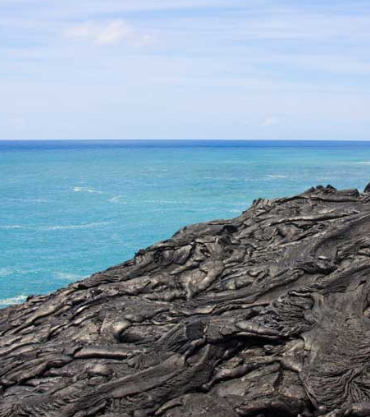Microbes spotted in old lava
 Microbes have been discovered in a part of the ocean where many believed they could not exist.
Microbes have been discovered in a part of the ocean where many believed they could not exist.
Microbes live in dense communities within volcanic rock more than 100 metres below the sea floor, according to a new paper.
Basaltic lava eruptions at mid-ocean ridges have been creating the upper oceanic crust continuously for 3.8 billion years.
Previous research has shown that bacteria and other microorganisms that survive on inorganic energy sources exist within 3.5 and 8-million-year old ridge systems.
However, more than 90 per cent of Earth’s oceanic crust is more than 10 million years old, and little is known about microbial life in older basaltic lava.
Researcher Yohey Suzuki and colleagues from the University of Tokyo have analysed microbial life in 33 to 104-million-year-old basaltic lava samples.
They found microbes concentrated in iron-rich veins of clay within the lava at densities of more than 10 billion cells per cubic centimetre.
This is over 1 million times the density of microbial cells in younger basalt lava.
The authors suggest that the organic matter bound to iron within the clay allows it to support such dense communities.
They say that this suggests microbial life could exist on other planets with similar subsurface environments, such as Mars.







 Print
Print